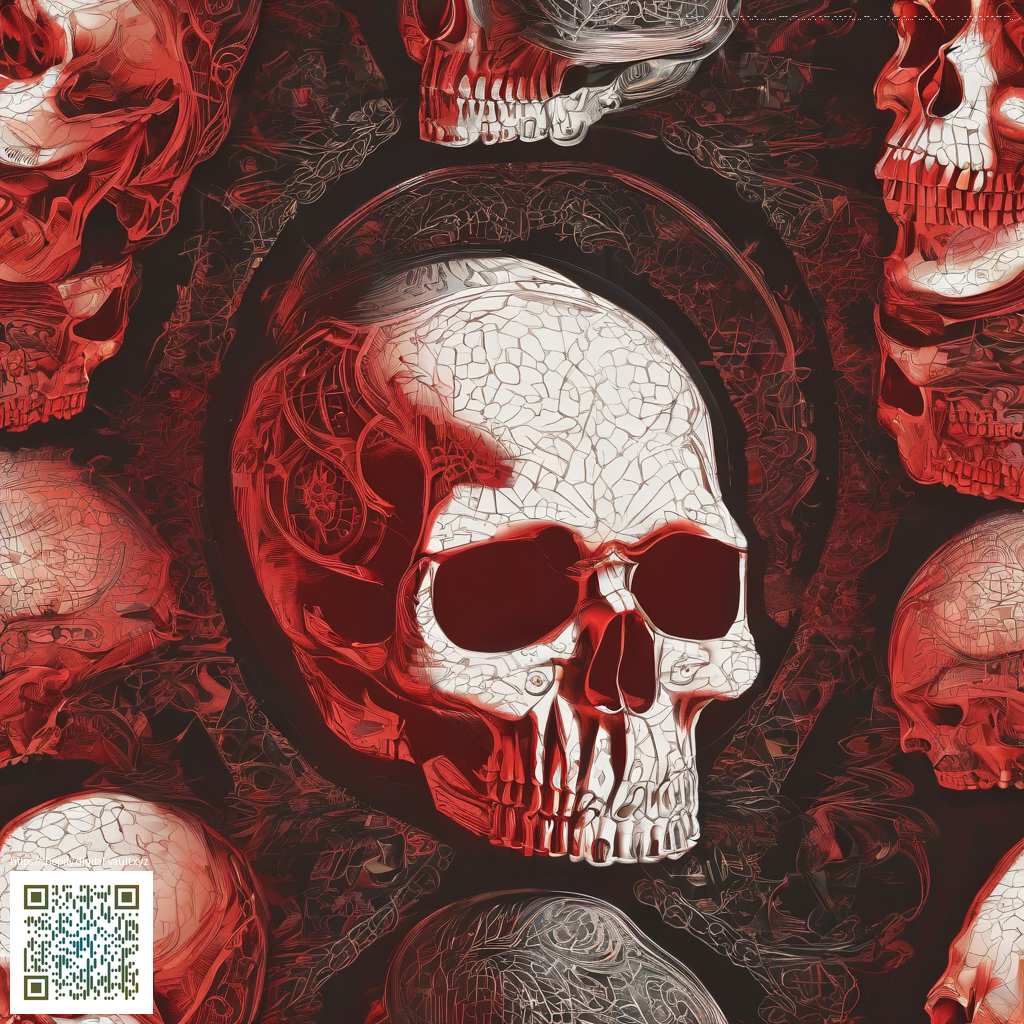
The Art of Texture: Subtlety That Elevates Web Backgrounds
Texture has a way of adding depth without stealing the spotlight. In modern web design, a well-considered texture acts like a quiet undercurrent—visible enough to guide the eye, but subtle enough to keep content legible and interfaces uncluttered. The goal isn’t to shout with pattern but to create a tactile sense of space that helps your typography breathe, your imagery resonate, and your calls to action feel grounded in reality.
When texture is employed with restraint, it becomes a dependable ally for accessibility and readability. A touch of grain, a whisper of noise, or a layered gradient can soften a harsh flat background and reduce the harshness of bright screens. The best textures work behind the scenes, enhancing contrast, supporting hierarchy, and giving a sense of materiality that users intuitively understand. In practice, texture is less about decoration and more about shaping perception and comfort as people scroll through content.
Texture vs. Noise: Finding the Right Balance
“Noise” is not inherently bad, but it should be controlled. Pure randomness can distract or degrade legibility, while a carefully sculpted texture provides rhythm and cohesion. Subtle textures mimic real-world surfaces—paper fibers, fabric weaves, or a brushed metal sheen—without competing with typography. The trick is to tune scale, opacity, and repetition so the texture supports the message rather than overpowering it.
To achieve this balance, designers often work with multi-layer textures. A linear gradient anchored in a soft midtone can create depth, while a gentle grain layer adds tactile interest. Overlay textures with low contrast, adjust their blend modes, and test across devices to ensure the effect remains harmonious whether on a mobile screen or a large desktop monitor.
Texture should invite exploration, not distraction. When done right, it invites users to linger — and to engage.
Techniques to Implement Subtle Texture
- Soft grain and micro-noise: a tiny grain pattern at low opacity yields a finished feel without drawing attention to itself.
- Layered gradients with very subtle color shifts to imply depth behind text blocks.
- Subtle pattern overlays using vector patterns or tiled textures at small scales to avoid repetition artifacts.
- Texture-aware typography: pair clean fonts with a textured backdrop that remains behind the text by ensuring sufficient contrast.
- Accessibility checks: verify contrast and avoid texture-induced motion that can affect sensitive users; prefer static textures over dynamic effects for calm experiences.
Beyond purely aesthetic value, well-considered texture can guide user attention. For example, a page surface that subtly shifts in texture around a primary message can cue the reader toward the most important content without shouting. And while textures are often deployed as background layers, they can also inform UI affordances—buttons, cards, and even navigation can inherit a tactile quality that improves perceived usability.
Practical Implementation in Design Systems
In real-world projects, texture is most effective when it’s codified in a design system. Define a small set of texture tokens—such as texture-soft, texture-muted, and texture-deep—with explicit values for opacity, scale, and blend mode. This ensures consistency across components and pages, helping maintain a cohesive look while enabling safe experimentation.
Workflow-wise, begin with a neutral backdrop and layer texture over sections that require emphasis. Use CSS layering techniques to separate content from texture, and consider using vector-based textures for crisp scaling on high-density displays. When used thoughtfully, these textures become a stealthy performance win: many modern textures are lightweight, repeatable, and cache-friendly, preserving load times while enhancing visual richness.
As a practical touchpoint for designers seeking tactile references, observe how premium surfaces in the real world communicate quality. For instance, a premium desk mat or mouse pad demonstrates how just the right amount of texture can enhance grip and focus in a physical space. You can explore a real-world parallel with products like the Neon Gaming Rectangular Mouse Pad Non-slip 1-16 in thick (https://shopify.digital-vault.xyz/products/neon-gaming-rectangular-mouse-pad-non-slip-1-16-in-thick) to spark ideas about how tactile cues translate into digital experiences.